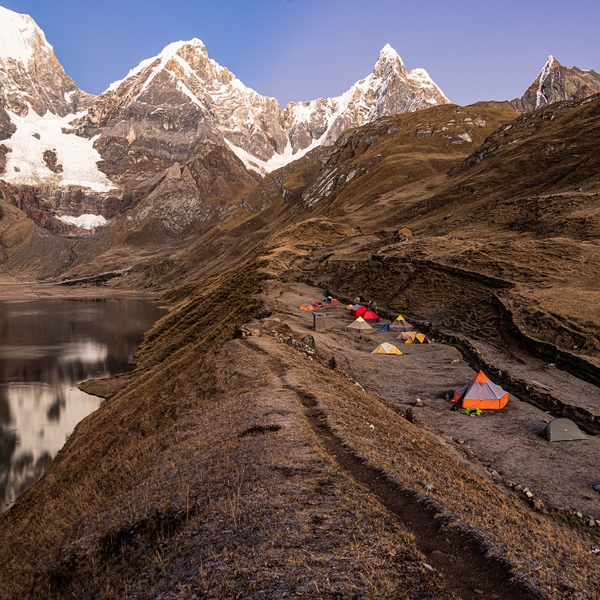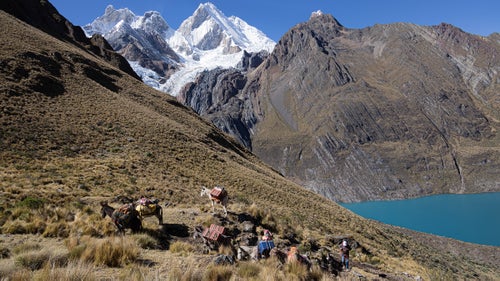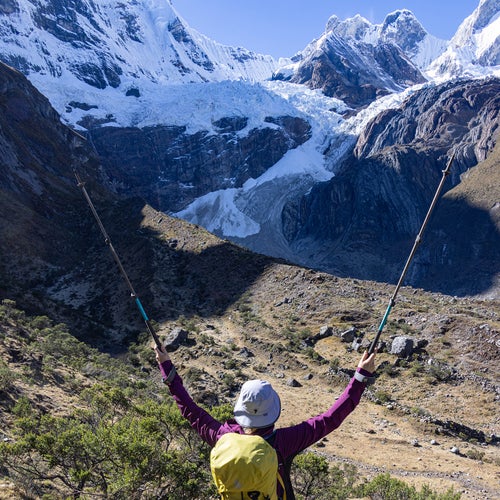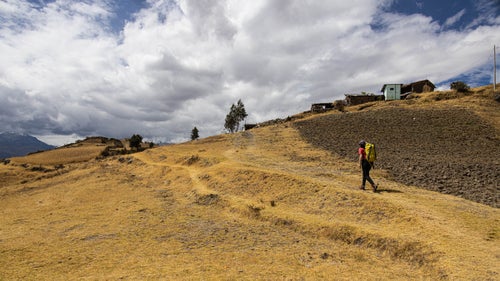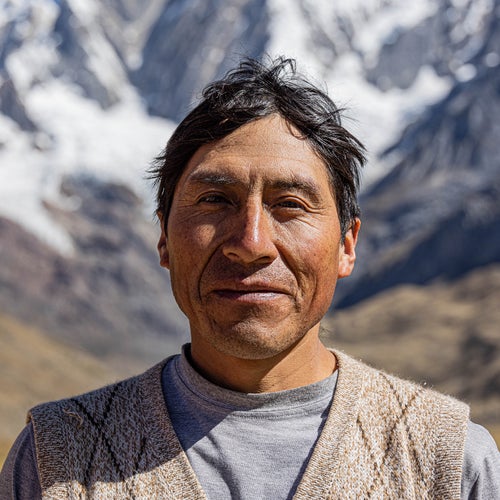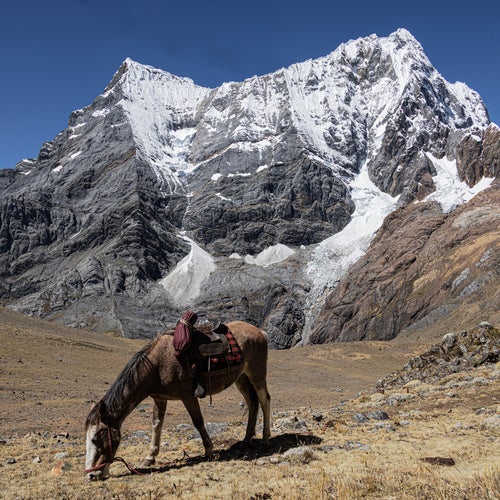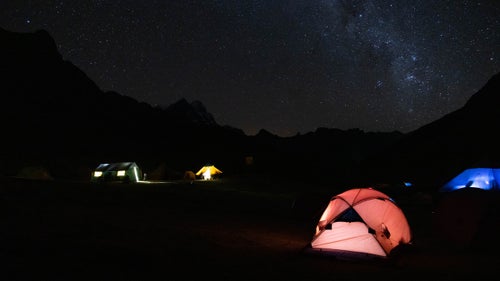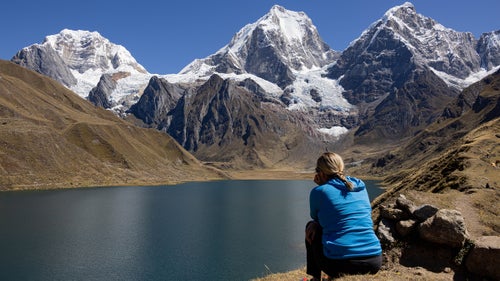The Cordillera Huayhuash of Northern Peru Is Jagged, Raw Beauty
Travelers may think of the Himalaya and Patagonia when it comes to life-list trekking. But the Huayhuash circuit in Peru is an equally spectacular cultural immersion and takes you by the mountain made famous in the film Touching the Void.
New perk: Easily find new routes and hidden gems, upcoming running events, and more near you. Your weekly Local Running Newsletter has everything you need to lace up! .
Darcie Reed and I had been hiking for four hours along a red- and iron-orange dirt path augured into the steep Andean hillside at almost 15,000 feet when, before a bend in the trail, Gilf Laurente stopped us.
“Close your eyes,” Laurente, our guide, who is from Huaraz, said, “and hold my hand.”
As we rounded the corner, he ordered, “Open your eyes.”
Before us, towering over the lake where we’d camp that night, was the faceted, glacier-cloaked spire of Jirishanca, known as the Matterhorn of the Andes for its sharp, tilted summit. The air was thin, but the view of Jirishanca, at 19,993 feet the highest peak in Peru’s Cordillera Huayhuash, took my breath away.
